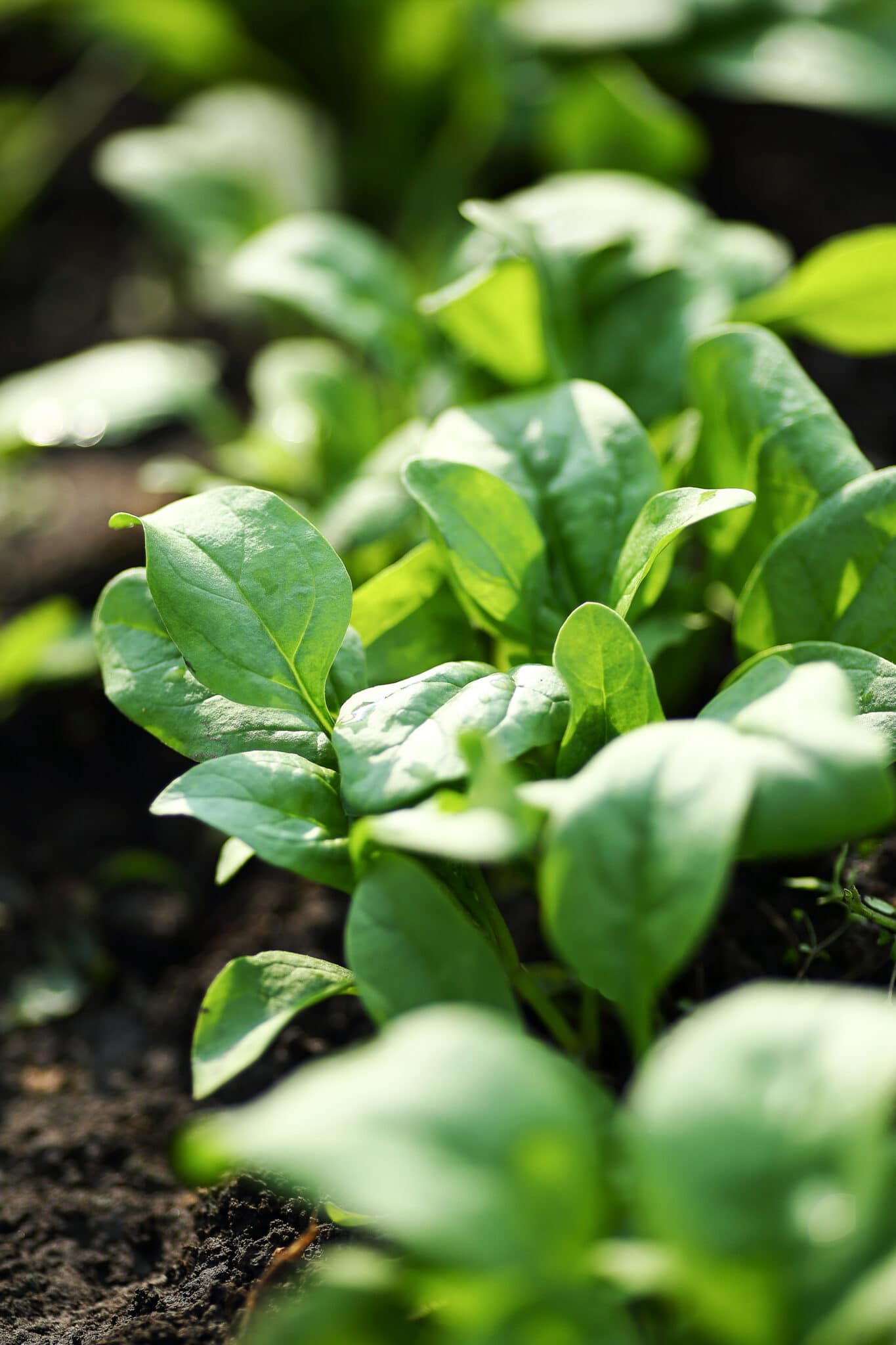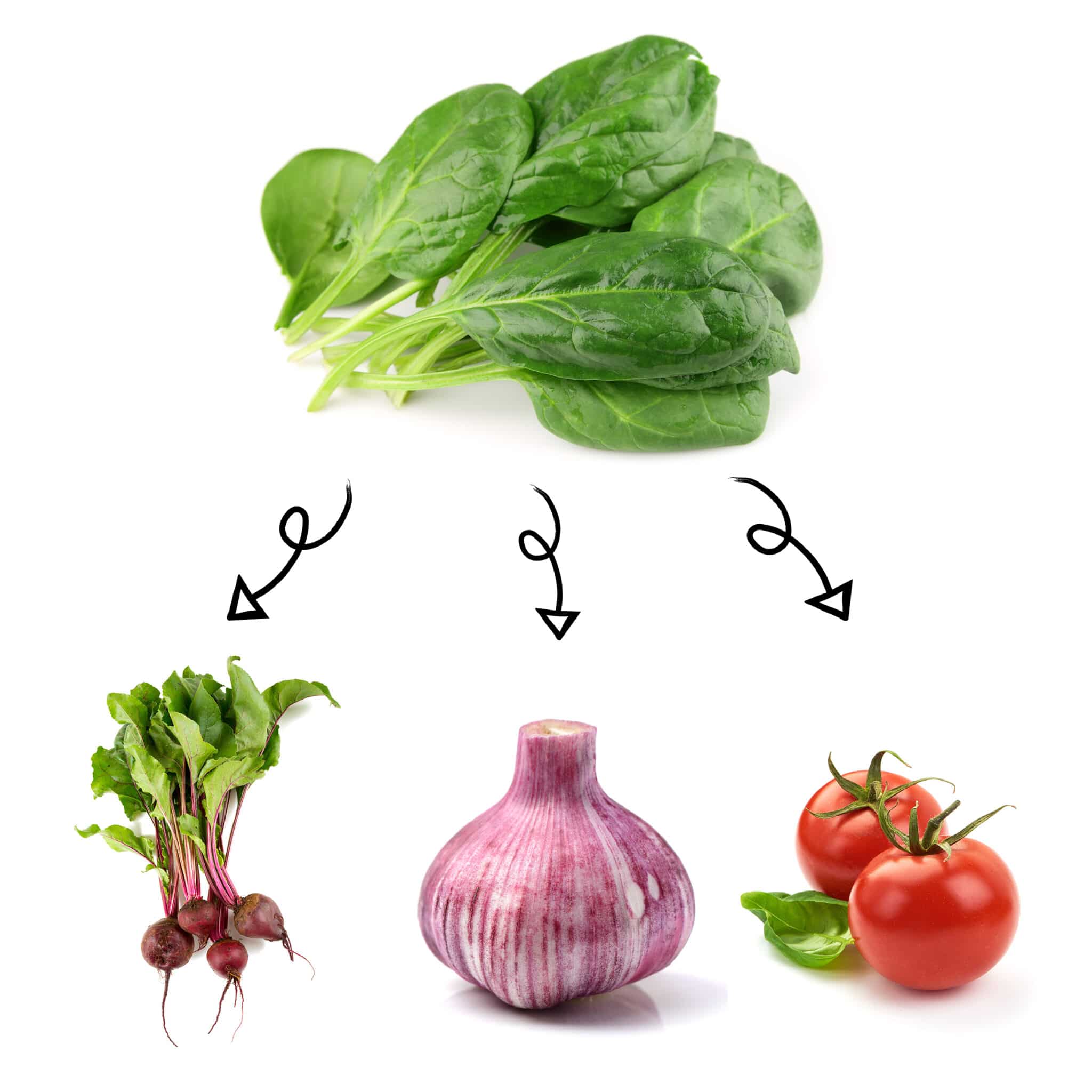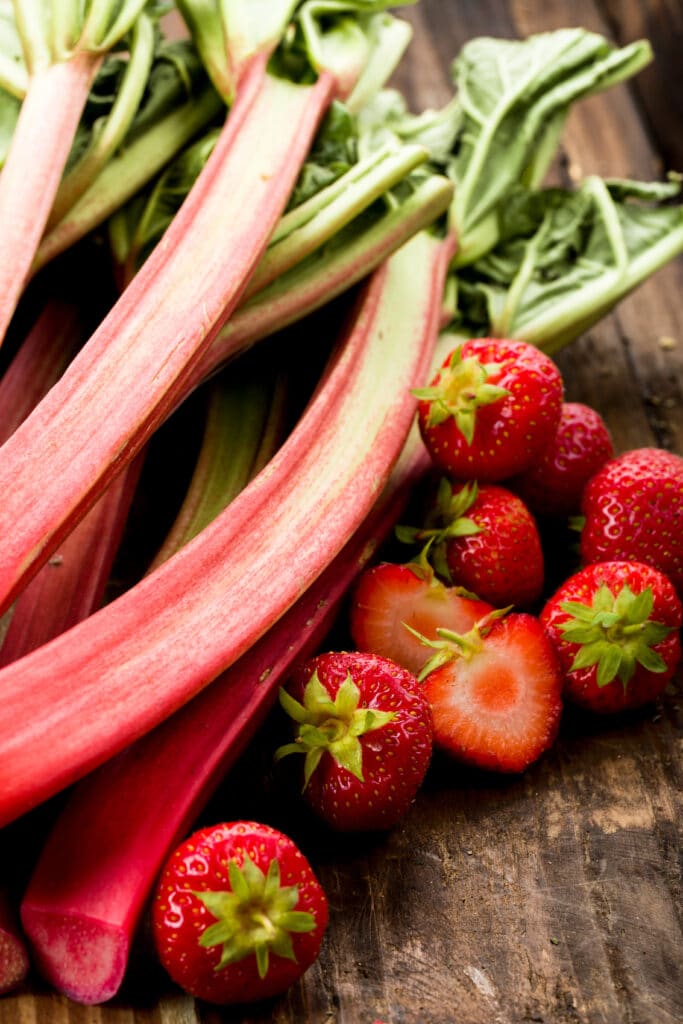The Best Spinach Companion Plants To Grow In Your Garden
If you aim to maximize your garden yield naturally, consider integrating spinach companion plants – they could be a real game-changer. Spinach is a popular crop that is known for its nutritional value and versatility. It grows best under optimal conditions, but it can be even stronger and more resilient when grown alongside the right plant companions. In this article, we’ll explore spinach companion plants and offer guidance for gardeners who want to improve their crops. You’ll learn how strategic plant partnerships can enhance your spinach harvest, help overcome environmental challenges, and support a thriving garden ecosystem.

Companion planting is like building a support system for your garden. By carefully selecting plants that complement each other, you can create a harmonious environment where each species thrives. Beyond spinach, many vegetables, herbs, and flowers benefit from strategic companionship. Understanding the dynamics of companion planting allows you to mimic nature’s diversity, promoting healthier plants and reducing the need for chemical interventions. As you explore companion planting, you’ll uncover a wealth of combinations that optimize space and create a vibrant and balanced ecosystem within your garden.
Good Spinach Companions
The best spinach companion plants are the ones that do not compete for nutrients and water and can offer shade and/or pest control.
Brassicas (Cabbage/Broccoli/etc)
Members of the brassica family like cabbage, kale, broccoli, turnip, cauliflower, Brussels sprouts, Swiss chard, and others from the cabbage family make great companions for spinach.
They all share very similar growing needs and environments and will not compete for resources. This means that spinach will not impact the growth of cabbage family plants.
Help keep weeds down: Spinach planted in open spots where brassicas grow will help keep weeds down. You can harvest the spinach before the brassicas fill in and take over the growing space.

Beans and Peas
Pole beans, green beans, and peas are grown vertically, so they make excellent companions for spinach. Other plants in the legume family will also make good companions for spinach.
The peas and beans will help shade the spinach from the harsh afternoon sun.
Beans, bush beans, and peas will also fix nitrogen into the soil, which will help the spinach grow bushy and turn dark green.
The spinach, in turn, acts as a living mulch under the bean plants keeping the soil cool and moist.
Tomatoes, Peppers, and Eggplants
Tomatoes, peppers, and eggplants are part of the nightshade family and make good companion plants for spinach.
These plants do not compete for nutrients; they grow alongside each other like common buddies.
There’s evidence that both nightshades and spinach work well when planted one after the other. The nutrients they leave in the soil are beneficial for a second planting.
Radishes
Radishes are also excellent companions and bring many benefits to the garden.
Radish plants repel cabbage maggot, squash bugs, and cucumber beetles.
Radishes make good companions to spinach. They can serve as a trap crop for leaf-miners and other harmful insects.

Leafy Greens
You can plant several different leafy vegetables alongside spinach that will not compete for nutrients.
Lettuce, Swiss chard, field mustard greens, and watercress are leafy greens that you can plant with spinach with great success.
Densely planted beds or rows will help prevent weeds, prevent soil erosion, and keep the soil well shaded and moist.

Alliums (Garlic/Onion/etc)
Allium family plants like garlic, chives, leeks, onions, and shallots are all fantastic plants to grow with spinach. Other plants in the allium family will also grow very nicely aside from your spinach plants.
Leeks make great companion plants; they help prevent carrot fly infestations from attacking the spinach.
Garlic will discourage other pests, like beetles, aphids, leaf miners, carrot rust flies, and spider mites, which will help with higher yields of harvestable spinach.
Garlic also collects sulfur in the soil, a natural preventative measure against diseases.
As companion plants, chives also help repel undesirable pests such as cabbage worms, slugs, aphids, and beetles.

Strawberries
Strawberry plants and spinach are two plants that do not compete with one another. Strawberries make excellent companion plants for spinach because they go after nutrients at two different levels in the soil, so they do not compete with one another.
Spinach will also provide shade as the strawberry plant grows.
Strawberries also benefit from the saponin produced by spinach, which is both antibacterial and antifungal.

Nasturtiums
Nasturtiums will act as a barrier against many harmful insects, making them one of the best companion plants you can plant with your spinach. These flowering plants can help to repel, confuse, deter, and trap:
- Cabbage worms
- Cucumber beetles
- Colorado potato beetles
- Mexican bean beetles
- Squash bugs
- Carrot files
- Cabbage moths
You can also grow nasturtiums as a trap crop for insects like flea beetles.
The flowers of the nasturtium plants act as a colorful aromatic beacon for beneficial bugs like bees, parasitic wasps, and ladybugs.
The lush foliage will help create a living ground cover making a blanket over the soil. In addition, plants that protect the soil will help keep moisture evaporation low and cool the ground soil during the hottest days of summer.

Marigolds
Marigolds make excellent spinach companion plants to add to your garden beds. The heavily scented blooms have several benefits in the veggie garden:
Marigold’s bright colors and the heady scent will attract beneficial insects like ladybugs, lacewings, and predatory wasps. Ladybugs will happily lunch on aphids which will protect the tender spinach leaves.
The flowers of the French marigolds are said to repel harmful insect pests. Marigolds’ strong aroma will help keep bugs at bay. It’s been reported marigolds can help repel tomato hornworms and Mexican bean beetles.
Spider mites, slugs, and Japanese beetles love eating marigolds. Planting the flowers on the edge of your spinach bed can help trap these harmful bugs before they make their way into your spinach.
Marigolds can help the soil. Tilling the flowers into the soil can destroy root-knot nematodes. Densely planting marigolds around your crops can also help choke out weeds and help keep the soil cool and moist.

Poor Spinach Companions
There are several plants you will want to avoid planting next to your spinach plants. These plants will compete for nutrients and cause stunted growth:
Potatoes
Potatoes and spinach will fight it out for nutrients. The root systems of potatoes can grow at the same level in the soil as spinach, and they will compete for moisture and nutrients.
Fennel
Fennel is what we call an allelopathic plant. Allelopathic plants send out chemical compounds into the surrounding soil. These compounds stunt the growth of many fruits and vegetables in the garden. So it’s best to keep the fennel away from your spinach plants.
Sunflowers
Sunflowers are also allelopathic plants and will inhibit the growth of spinach. In addition, sunflowers are heavy feeders and will deplete the ground and compete for nutrients with the spinach plants.
Sunflowers can also provide too much shade for the spinach plants making it difficult for the spinach plant to grow.

Expert Tips
- Know Your Spinach Varieties: Different spinach varieties may have varying growth habits and preferences. Choose companion plants that complement the specific needs of your spinach variety.
- Consider Planting Density: Pay attention to spacing requirements for both spinach and its companion plants to ensure optimal growth without overcrowding.
- Rotate Companion Plants: Rotate companion plants annually to prevent soil depletion and minimize the buildup of pests and diseases specific to certain crops.
- Utilize Succession Planting: stagger the planting of companion plants to ensure a continuous harvest throughout the growing season and maximize garden space.
- Diversify Companion Plants: Select a variety of companion plants to create a diverse ecosystem that attracts beneficial insects and pollinators while deterring pests.
- Understand Plant Interactions: Research the interactions between different plant species to ensure compatibility and avoid potential allelopathic effects.
- Incorporate Beneficial Flowers: Integrate flowering plants such as marigolds, calendula, and chamomile to attract pollinators and beneficial insects that help control pests.
- Implement Trap Cropping: Use trap crops like nasturtiums or radishes to lure pests away from spinach, reducing the need for chemical pesticides.
- Prioritize Soil Health: Maintain healthy soil through organic practices like mulching, composting, and crop rotation to support the growth of companion plants and spinach alike.
- Observe and Adapt: Regularly monitor your garden for signs of pests, diseases, or nutrient deficiencies, and adjust your companion planting strategy accordingly to promote overall garden health and productivity.
FAQs
Companion planting involves growing different plants together to promote mutual benefits, such as pest control, improved soil health, and increased yields. For spinach, companion planting can enhance growth and resilience while minimizing pest and disease pressure.
Plants like lettuce, radishes, strawberries, onions, garlic, and nasturtiums are excellent companions for spinach due to their complementary growth habits and pest-repelling properties.
While spinach can be grown near other leafy greens, it’s essential to consider spacing requirements and potential competition for nutrients and sunlight. Providing adequate spacing and diversity in your garden can help minimize issues.
Follow spacing recommendations for each plant species to ensure adequate airflow, sunlight penetration, and nutrient uptake. Typically, companion plants can be placed within a few inches to a foot of spinach plants, depending on their growth habits.
Grab Our Ultimate PRINTABLE Garden Planner
With 39 pages of planning and organizing and the ability to customize your planner with the pages you need, you won’t need another planner for the rest of your gardening life!
$4.99 US

Final Thoughts
Incorporating companion plants alongside spinach can transform your garden into a thriving ecosystem where each plant supports the other’s growth and resilience. By carefully selecting companions based on the specific needs and challenges of your garden, you can create a dynamic environment that fosters healthy soil, minimizes pests, and maximizes yield. Remember to consider factors such as growth habits, nutrient requirements, and pest resistance when choosing companions for your spinach. So, as you put trowel to soil this season, embrace the power of companion plants and watch your spinach—and your entire garden—flourish like never before.
Join the Conversation
We’d love to hear from you! If you have any questions, tips, or experiences to share about spinach companion planting, we invite you to leave a comment below. Your insights could inspire fellow gardeners and contribute to our growing community of green thumbs. Don’t forget to share this article with your friends and followers on social media to spread the joy of gardening together! Happy planting!
Related Posts

Author: Laura Kennedy
Writer & Owner of Little Yellow Wheelbarrow
Editor’s Note: This post was originally published on February 5, 2022. It was updated on March 6, 2024 to include a table of contents, expert tips, and FAQs, and to remove unrelated information.











